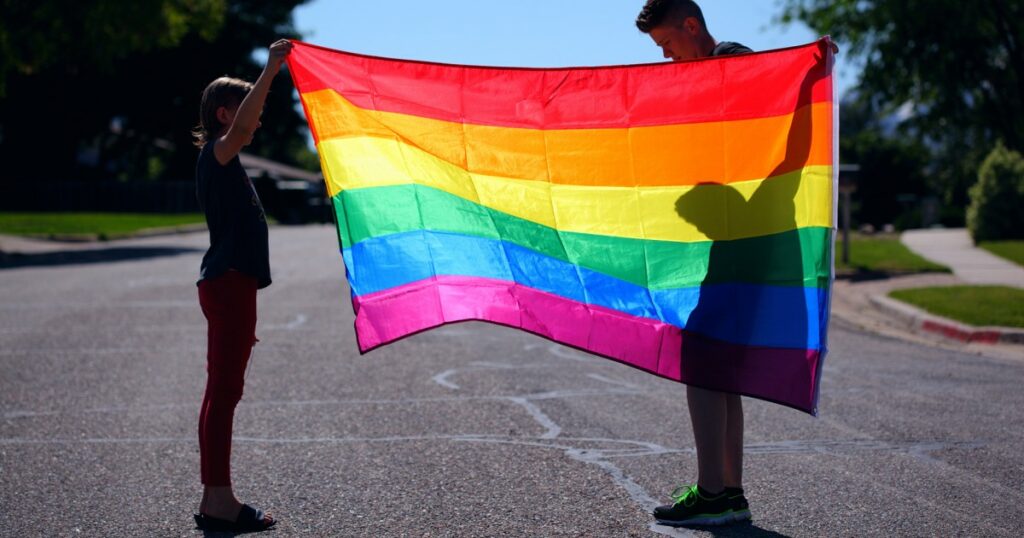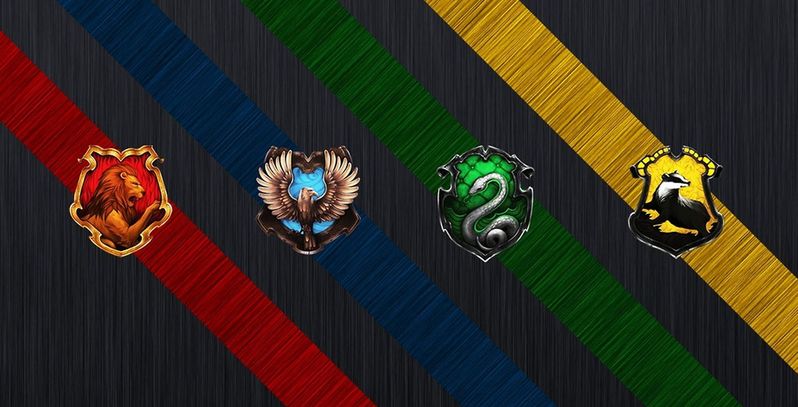In general, to be gay means to be sexually or romantically attracted to people of your own sex, including having emotional, sexual, or spiritual relationships. Signs like having bubbles in your chest when a person of the same sex is near you, or having sexual dreams, thoughts, and feelings for those persons are real signs that you are gay. In the end, you are the only person that can discover what is truly hidden inside your emotions and towards who is your sexual attraction directed.
Related: Am I Gay Quiz. We have created this quiz to help you easily find out if you are gay or not.
Is It Normal To Be Gay?
Being gay is a normal and valid expression of human sexuality. Sexual orientation exists on a diverse spectrum, and being attracted to the same gender is a natural and innate aspect of an individual’s identity. It is important to understand that sexual orientation, including being gay, is not a choice but a deeply ingrained part of who someone is.
From a societal perspective, it is crucial to recognize that diverse sexual orientations have existed throughout history and across cultures. Many cultures have recognized and accepted non-heterosexual orientations, incorporating them into their cultural norms, traditions, and practices. Moreover, an increasing number of countries have implemented laws and policies to protect the rights and dignity of LGBTQ+ individuals, further affirming the normalcy of being gay.
The experiences of LGBTQ+ individuals further emphasize the normalcy of being gay. Many gay individuals have a clear understanding of their sexual orientation from a young age, just as heterosexual individuals do. Being gay is an integral part of their identity, and it is crucial for them to embrace and accept themselves fully. Seeking love, companionship, and fulfilling relationships is a universal desire, and this includes individuals who are attracted to the same gender.
What Are The Sings To Discover That You Are Gay?
1. Same-Gender Attraction
Feeling a consistent and romantic/sexual attraction to people of the same gender is often a significant indicator of being gay. This attraction can manifest in emotional connections, physical attraction, or both.
2. Emotional Connection
Developing deeper emotional connections and feelings of intimacy with individuals of the same gender may be an indication of being gay. These connections can include feelings of love, desire, and emotional fulfillment.
3. Fantasies and Imaginations
Having romantic or sexual fantasies about individuals of the same gender can be a sign of being gay. These thoughts and daydreams often involve imagining romantic relationships or sexual encounters with people of the same gender.
4. Disinterest in Opposite Gender
Not experiencing significant attraction or interest in individuals of the opposite gender can be a clue that someone might be gay. This disinterest may become more apparent when comparing one’s feelings towards people of the same gender.
5. Inner Self-Reflection
Engaging in self-reflection and questioning one’s sexual attractions and desires is a common aspect of discovering one’s sexual orientation. This introspection often involves exploring personal feelings, experiences, and patterns of attraction.
6. Experimentation and Exploration
Some individuals may feel a need to explore their sexual orientation through experimentation, such as engaging in same-gender relationships or seeking out LGBTQ+ communities for support and understanding.
7. Internal Acceptance
Accepting and acknowledging one’s attraction to the same gender is a significant step in discovering and understanding one’s sexual orientation. It often involves self-acceptance, embracing one’s identity, and finding comfort within oneself.
Being Gay In Your Younger Age. What Is It?
Being gay and young can be a complex and challenging experience due to various factors. Many young gay individuals may struggle with societal expectations, cultural norms, and internalized homophobia. They may face discrimination, bullying, and exclusion, which can have negative impacts on their mental health and well-being. However, it is important to recognize that being gay is a normal and valid aspect of their identity.
Young gay individuals often seek support, understanding, and acceptance from their families, friends, and communities. Having a supportive network is crucial in helping them navigate their journey and develop a positive sense of self. LGBTQ+ support groups, counseling services, and online communities can provide valuable resources and a sense of belonging.
It is also essential to promote inclusive and comprehensive sex education in schools to ensure that young people have access to accurate information about sexual orientation, gender identity, and relationships. By providing education that is free from bias and stigma, we can create a more inclusive society where young gay individuals can thrive.
As society continues to progress towards greater acceptance and understanding, it is important to uplift the voices and experiences of young gay individuals. Their perspectives and stories can contribute to a more inclusive and compassionate society. Supporting initiatives that advocate for LGBTQ+ rights and equality helps create an environment where being gay and young is embraced and celebrated.
Conclusion
Always try to learn more about yourself, about your feelings, desires, and fantasies. Trust yourself and don’t let anybody walk your path instead of you. Always be yourself and don’t be afraid of anything because you have your rights and they are protected in any way.




